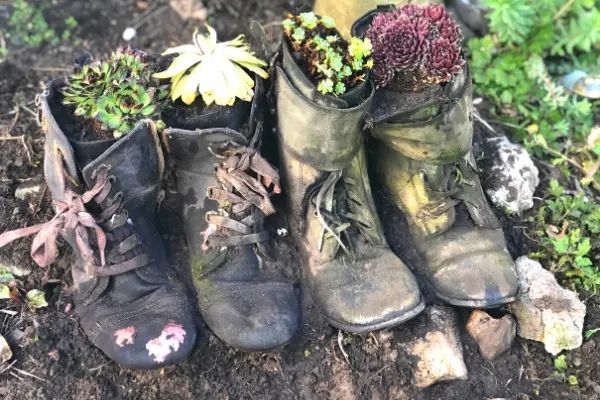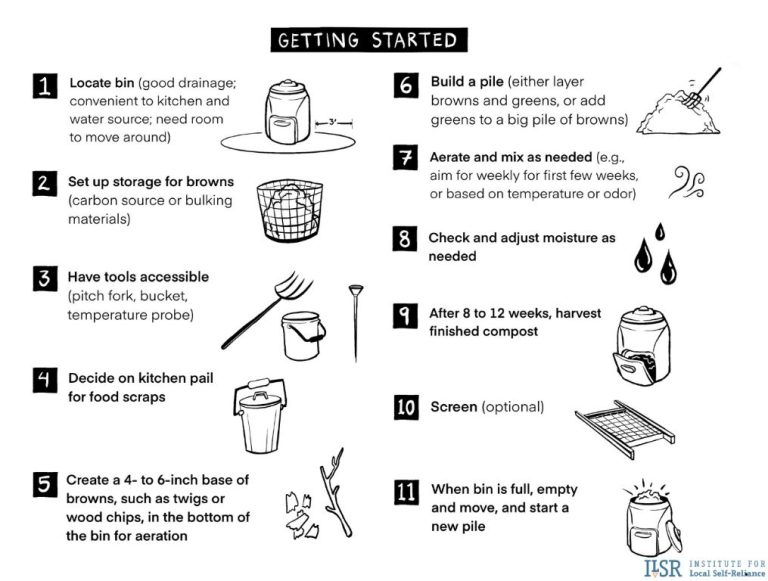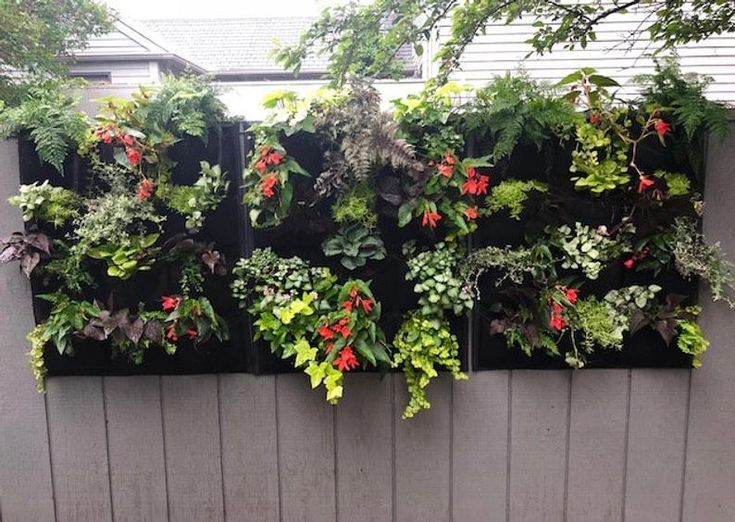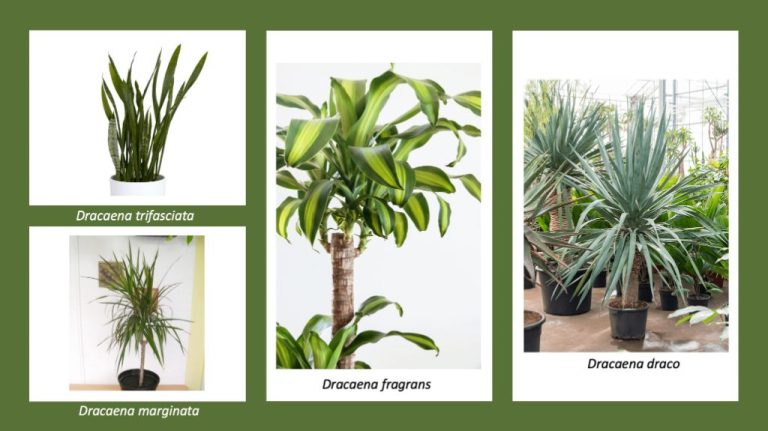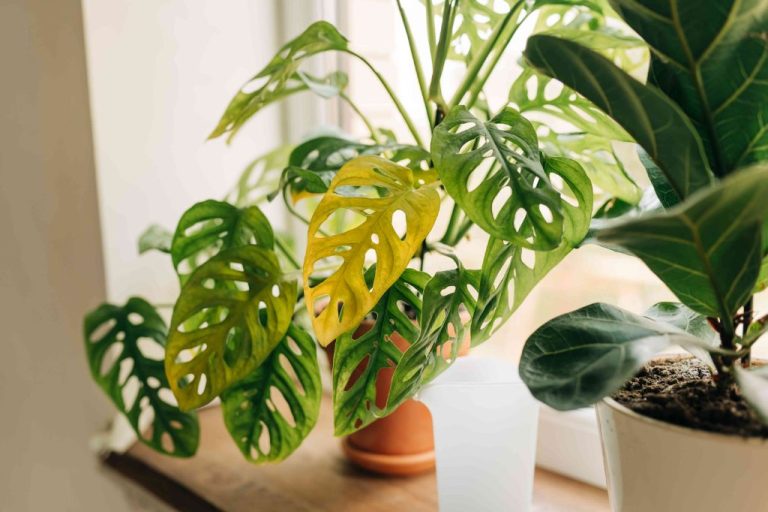How To Care For Your Orchid: A Step-By-Step Guide
Orchids are one of the most beautiful and popular flowering houseplants. With the proper care, orchids can thrive for years and produce gorgeous blooms. Though they have a reputation for being difficult to grow, orchids simply require some specialized care to help them flourish.
Caring for orchids is important because it allows you to enjoy their intricate flowers year after year. With the right conditions and routine maintenance, orchids will reward you with their incredible blooms. Proper orchid care involves providing the right potting mix, water, light, humidity, and fertilizer. Repotting and pruning are also key elements of ongoing orchid care. While they require some specific conditions, with the right information orchids are not difficult to maintain.
This guide provides a step-by-step overview of how to care for orchids successfully. Following the tips outlined here will allow anyone to keep healthy, flowering orchids in their home.
Choosing an Orchid
When selecting an orchid, it’s helpful to consider popular varieties that are suitable for beginners. Some top options include:
- Phalaenopsis (Moth orchid) – These orchids produce flowers that last months and are ideal for growing indoors. They come in white, pink, yellow, and striped varieties. Phalaenopsis orchids bloom 1-2 times per year and prefer bright, indirect light.
- Oncidium (Dancing lady orchid) – Oncidium orchids produce sprays of small, vibrantly colored flowers. They bloom repeatedly throughout the year with proper care and prefer bright light.
- Paphiopedilum (Lady’s slipper orchid) – Lady’s slipper orchids produce unique slipper-shaped blooms. They prefer bright, indirect light and bloom 1-2 times per year. Miniature varieties work well for growing indoors.
- Cattleya – Also known as the “corsage orchid,” cattleyas produce large, showy flowers in a range of colors. They bloom once or twice a year and require bright light.
When selecting an orchid variety, also consider bloom time and mature plant size. Compact varieties like Paphiopedilum are ideal for growing on windowsills and shelves. Larger orchids like Phalaenopsis and Cattleya may reach 2+ feet in height at maturity and do best on the floor or in hanging baskets.
Ideal Growing Conditions
Providing the right growing conditions for your orchid is key to having a healthy, blooming plant. Three essential factors to consider are light, temperature, and humidity.
Light
Most household orchids are low to medium light plants. They prefer bright, indirect light rather than direct sun, which can burn their leaves. An east, west, or slightly shaded south window is often ideal. Make sure the sunlight is not blocked by curtains or plants. Phalaenopsis and other orchids need 12-14 hours per day of light to bloom properly. Rotate plants weekly to ensure even lighting on all sides.
Signs your orchid needs more light include small leaves, sparse blooms, and weak or leggy growth. If leaves turn yellow or burn, it is getting too much light. Adjust location or use sheer curtains to filter the sunlight if needed. [Source]
Temperature
The ideal temperature range for most orchids is 60-80°F (16-27°C) during the day and 55-60°F (13-16°C) at night. Maintain consistent temperatures and avoid sudden drops or spikes, which can shock the plant. Move plants away from drafty windows or vents. The optimal temperature for blooming is 65-70°F (18-21°C). Cooler fall and winter nights often initiate flower spikes. [Source]
Humidity
Orchids thrive in humidity levels of 40-70%. In dry indoor environments, set pots on pebble trays filled with water. Mist leaves daily or place a humidifier nearby. Signs of insufficient humidity include dry, shriveled pseudobulbs. Leathery, wrinkled leaves indicate too much humidity. Adjust airflow and watering as needed to reach the ideal balance. [Source]
Watering
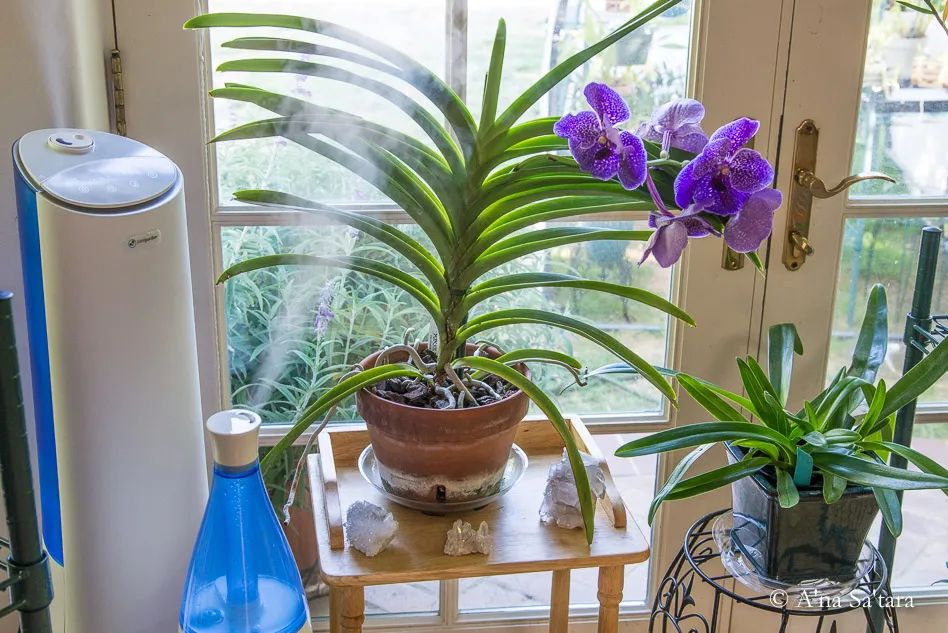
Orchids require regular watering but do not like to sit in soggy conditions. It’s best to water orchids once a week, providing enough water so that it runs freely through the potting mix. Allow the potting media to dry slightly between waterings.
Use room temperature, non-salt softened water. Tap water may be used if allowed to sit for 24 hours first to allow chlorine to dissipate. Avoid using distilled or reverse osmosis water, as these lack minerals that orchids need.
The amount of water needed will vary based on factors like the size of the orchid, potting media, humidity levels, air circulation, and temperature. In general, aim to provide enough water so it flows freely through the pot but not so much that water accumulates in the saucer underneath.
The best method is to water in the sink, allowing the water to completely penetrate the potting mix. Let the excess drain before returning the orchid to its decorative container. This ensures the roots get adequate moisture without sitting in water.
Signs an orchid needs watering include dry potting mix, wrinkled or deflated leaves, and silver-gray roots. Be sure the potting mix dries out moderately between waterings to prevent root rot.
Fertilizing
Properly fertilizing your orchid is key to helping it grow strong and bloom beautifully. Most experts recommend using a balanced orchid fertilizer that contains equal parts nitrogen, phosphorus, and potassium, such as 20-20-20. Look for a fertilizer formulated specifically for orchids, as it will contain trace elements that support healthy growth.
Fertilize your orchid every 1-2 weeks during the growing season, which is spring through fall. It’s best to use a dilute fertilizer solution at 1/4 to 1/2 the recommended strength to avoid burning the roots. Thoroughly flush the potting mix with clean water monthly to prevent buildup of salts that can damage the roots. In winter, fertilize just once a month or every 6-8 weeks when plant growth has slowed.
Some good orchid fertilizer choices include:
– Miracle-Gro Orchid Food, a 30-10-10 formula designed for orchids
– MSU Orchid Fertilizer, a 13-3-15-8-2 formula that provides key micronutrients
– Organic options like Espoma Organic Orchid Food
Avoid overfertilizing, as this can damage the roots. Monitor your plant and adjust your fertilizing routine based on how it responds.
Potting & Repotting
Using the right potting mix is critical for healthy orchid growth. A well-draining mix allows oxygen to reach the roots while still retaining some moisture. Many orchid mixes contain bark chunks, charcoal, perlite, sphagnum moss, and other porous materials (Orchid Potting Mix). You can make your own mix or purchase one specifically formulated for orchids.
Orchids should be repotted every 1-2 years or when the media starts to break down and retain too much moisture. Gently remove the orchid from its current pot and trim any dead roots with sterilized pruners. Select a pot that is 2-4 inches larger than the current one, with drainage holes. Place some potting mix in the bottom then position the orchid roots over it. Fill in around the roots with more mix, pressing gently to anchor the plant. Leave 1/2 inch from the mix to the pot rim.
Choose a potting container suited to your orchid’s needs. Plastic pots work well for phalaenopsis and other epiphytic orchids that prefer to dry out between waterings. Terra cotta and wood pots are ideal for orchids like cymbidiums that require more constant moisture (Natural Orchid Potting Mix 4qts. by Perfect Plants). Match the pot size to the root system for optimal results.
Pruning & Grooming
Pruning your orchid helps promote healthy growth and future blooms. The best time to prune is after flowering when the plant enters a rest period, typically in late fall or early winter. Avoid pruning when new growth is emerging or when the plant is actively growing, as this can cause setbacks.
Use a sterile, sharp pair of scissors or pruning shears to make clean cuts. Start by removing any dead or dying roots, which appear brown, mushy, or hollow. Healthy roots are green or silvery-white. Cutting away dead roots prevents rot and disease.
Next, trim any dead, yellowing or damaged leaves and stems. This tidies up the plant’s appearance and redirects energy to new growth. Cut back the old flower stem to about 1 inch above the lowest node, the thickened part of the stem where new shoots emerge. This encourages reblooming.
Optionally, trim back healthy stems to shape the plant and encourage bushier growth habits. Make cuts just above nodes where new offshoots can emerge. Take care not to overprune healthy parts of the orchid.
After pruning, look for any signs of pests or disease. Treat affected areas as needed. Sterilize pruning tools before using them on other plants to avoid spreading issues.
With proper pruning and grooming, orchids will continue providing beautiful blooms year after year. Timing cuts carefully and removing only damaged parts keeps these exotic plants healthy and thriving.
Sources:
https://www.thespruce.com/how-to-prune-orchids-6890494
https://www.wikihow.com/Prune-Orchids
Troubleshooting Issues
Orchids can sometimes develop problems like pests, diseases or cultural issues that affect their health and flowering. Being able to identify and treat these issues is key to keeping your orchids thriving.
Some of the most common orchid problems include:
- Pests like aphids, thrips, scale and spider mites that can damage leaves and roots.
- Diseases like black rot, botrytis, viruses that cause spots, rots and abnormal growth.
- Cultural issues like improper watering, light or temperature that lead to wilting, dropped buds or no blooms.
Inspect plants regularly for any signs of pests like webbing or bugs. Remove affected parts immediately and treat with appropriate organic pesticides if infestation is severe. Keep the growing area and tools clean to prevent spread.
Identify diseases early and isolate sick plants. Improve air circulation and water only in the morning so plants dry out. Treat with approved fungicides as directed. Discard severely infected plants to protect the rest.
Finally, ensure proper care per your orchid’s needs including watering frequency, light levels and feeding. Address environmental issues like drafty locations or temperature extremes. With good culture and prompt treatment of problems, your orchids will thrive and bloom.
Blooming Tips
Orchids can rebloom if cared for properly. Here are some tips for encouraging reblooming and prolonging the bloom time:
Fertilize regularly with a balanced orchid fertilizer or one labeled as a “bloom booster.” Fertilizing every 2-4 weeks will provide the nutrients orchids need to rebloom. One source recommends using fertilizers higher in phosphorus to promote blooming (https://www.justaddiceorchids.com/orchid-care-blog/how-to-encourage-orchid-reblooming).
Provide cooler temperatures at night, around 55-65°F, which can trigger new flower spikes to emerge. Daytime temps of 70-80°F are ideal.
High humidity prolongs blooms. Misting the flowers or placing the orchid pot on a humidity tray can help.
Cutting the spike after the initial blooms fade encourages a secondary blooming on the same spike. Use sterile shears and cut just above a node.
Good air circulation prevents disease and keeps flower spikes strong. Place orchid where air can circulate freely.
Strong light is needed for reblooming. Placing the orchid near an east, west, or slightly shaded south window is optimal.
Caring for Orchids Long-Term
Orchids can live for many years with proper care. To keep your orchid thriving year after year, it’s important to provide ongoing maintenance and follow a regular calendar for repotting, fertilizing, and other care tasks.
Most orchid species and hybrids can live 10-15 years or longer. Some varieties like Phalaenopsis and Cattleya may live 20+ years. With exceptional care, certain orchids like Vandas can live 100 years or more. To maximize your orchid’s lifespan, create a maintenance routine based on its needs and be vigilant for signs of disease or decline.
Repotting is typically needed every 1-2 years for most orchids, or whenever the media breaks down and roots grow over the edges of the container. Refer to a repotting calendar to time this properly based on the type of orchid. Fertilizing is usually done weekly at 1/4 strength during active growth, and reduced or stopped in winter dormancy. Other seasonal care like pruning dead parts or moving the plant outdoors varies by variety.
Keeping a calendar for your specific orchid’s needs helps provide optimal care year-round. Be sure to document when it blooms, when to fertilize, ideal light and temperature ranges, and any repotting or other maintenance required. Consistent, attentive care following best practices will keep an orchid thriving for many years to come.
Sources:
Orchid Care Calendar. Repotme. https://www.repotme.com/pages/orchid-care-calendar
The Orchid Clock. American Orchid Society. https://www.aos.org/orchids/additional-resources/the-orchid-clock.aspx

